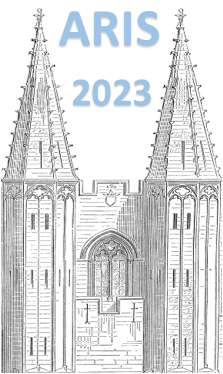Orateur
Description
The rapid neutron capture process (r-process) is considered to be responsible for the synthesis of about one-half of the elements heavier than iron up to bismuth and all of thorium and uranium. To model the r-process, nuclear properties of neutron-rich nuclides are needed. Nuclear mass is one of the most important input properties for the r-process calculation. However, some of the neutron-rich nuclides involved in the r-process lie far away from the stability line and are hard to produce in the laboratory. Therefore, r-process calculations have to rely on theoretical mass predictions. Thus, the mass measurements for the neutron-rich nuclei not only provide reliable data for the r-process calculations but also can help validate and improve the theoretical mass models.
The Rare-RI Ring (R3) is a recently commissioned isochronous mass spectrometer dedicated at Radioactive Isotope Beam Factory (RIBF) in RIKEN. Based on the Isotope-Selectable Self-triggered Injection technique, the pre-identified ions can be selected and injected into R3 event by event. The mass precision of 10$^{-6}$ is expected to be achieved within less than 1~ms. In this contribution, the first application of mass measurements with the Rare-RI Ring will be reported. In the experiment, 5 isotones, $^{127}$Sn, $^{126}$In, $^{125}$Cd, $^{124}$Ag, and $^{123}$Pd , were injected into R3 and extracted from it successfully. The mass uncertainty of $^{123}$Pd is improved and the final relative uncertainty is 2.3$\times$10$^{-6}$. The impact of the new $^{123}$Pd mass result on the solar r-process abundances in a neutron star merger event is investigated by performing PRISM reaction network model. The A=122 and A=123 element abundance ratios in twenty r-process trajectories are calculated with varying electron fraction Y$_e$. We found that if our new mass value is used instead of the FRDM value, the r-process abundances at A=122 and A=123 are modified toward being more consistent with solar values.

